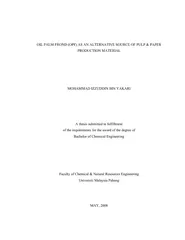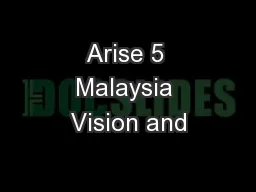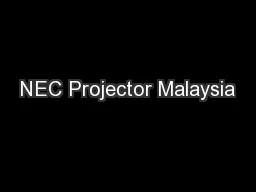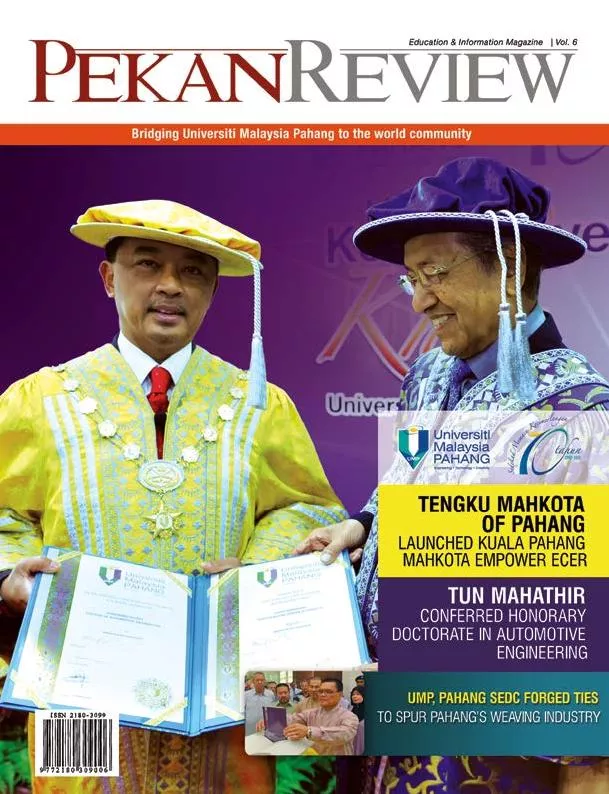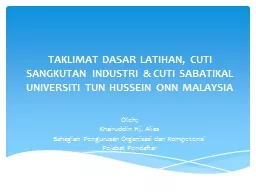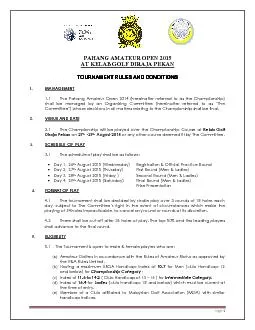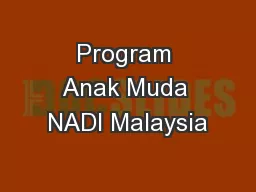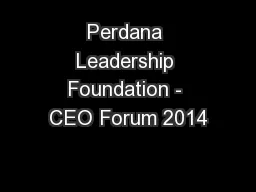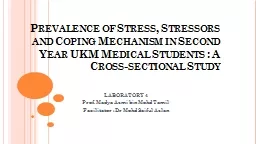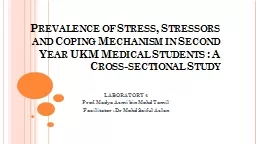PDF-UNIVERSITI MALAYSIA PAHANG
Author : kittie-lecroy | Published Date : 2015-07-25
BOR JUDUL OIL PALM FROND OPF AS AN ALTERNATIVE SOURCE OF PULP PAPER PRODUCTION MATERIAL SESI PENGAJIAN 20072008 Saya MOHAMMAD IZZUDDIN BIN YAKARI HURUF BES mengaku
Presentation Embed Code
Download Presentation
Download Presentation The PPT/PDF document "UNIVERSITI MALAYSIA PAHANG" is the property of its rightful owner. Permission is granted to download and print the materials on this website for personal, non-commercial use only, and to display it on your personal computer provided you do not modify the materials and that you retain all copyright notices contained in the materials. By downloading content from our website, you accept the terms of this agreement.
UNIVERSITI MALAYSIA PAHANG: Transcript
Download Rules Of Document
"UNIVERSITI MALAYSIA PAHANG"The content belongs to its owner. You may download and print it for personal use, without modification, and keep all copyright notices. By downloading, you agree to these terms.
Related Documents

